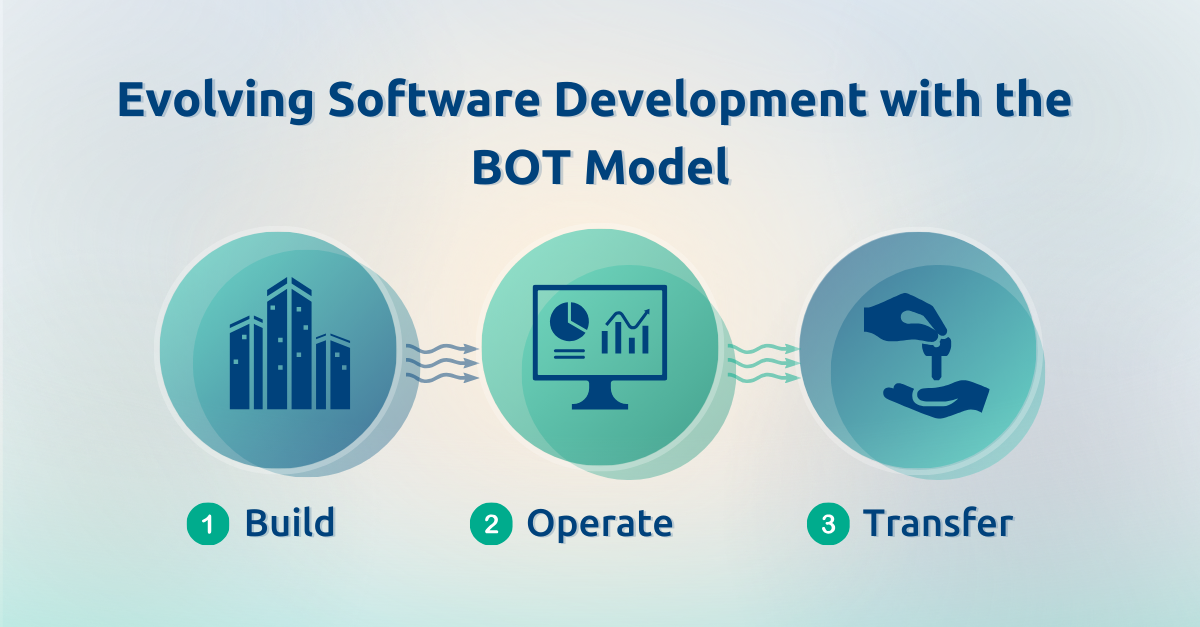
IoMT goes BIG at the Super Bowl
February 16, 2021
Fifteen years ago, the Internet of Medical Things was a niche term only familiar to tech engineers, investors, and healthcare professionals. The closest encounter many of us had to the concept was an MRI scan at the doctor’s office. IoMT has become such a hot topic that ads depicting the newest devices have even made it to the latest Super Bowl.
Fast forward to now, and the Internet of Medical Things, or IoMT, has become part of thousands of people’s everyday lives through wearables that help doctors monitor patients’ health remotely. Glucose monitoring and heart rate monitoring save patients a visit to the doctor by using technology to send their information directly, thus allowing doctors to track diseases and prevent chronic illness more accurately.
IoMT is evolving fast. A recent study by AllTheResearch valued the global market of Internet of Medical Things at $44.4 billion and predicted it will grow to 254.2 billion in 2026.
What’s driving that growth? An aging global population and fast-paced technological improvements are both primary factors. A third factor: IoMT is making health monitoring cheaper. The reduced costs that the Internet of Medical Things saves the healthcare industry through remote patient monitoring is evaluated at 300 billion annually in a recent study by Goldman Sachs.
Creating the technology behind IoMT devices is also becoming easier thanks to the surge of highly skilled talent in developing economies and the seamless processes available for tech companies opening technology centers outside of the US. Tech companies like ITJuana have responded to the new demand by creating teams of highly skilled engineers to tend specifically to the growing medical device sector.
The Internet of Medical Things demands world-class, high-tech talent in software engineering and app development preferably working in the same time zone. The booming growth of this global market has led to the opening of Technology Centers of Excellence just a few miles south of San Diego that meet those demands. The design of tiny, wearable disposable sensors for glucose monitoring is the type of technology that can now be developed across the border. The ever-accelerating pace of tech advances in medical care is holding open a door to a promising future for our health, lifespan, interwoven global economy.
NPR’s The Indicator recently dove into the many advantages that opening technology centers in Tijuana has for American Tech companies: affordable but highly skilled workforce, proximity to the border and an extremely low cost of living are making Tijuana a hot spot for technology development.
About ITJ
ITJ is devoted to serving fast-growing and high-value market sectors, particularly the Internet of Medical Things (IoMT), working with innovative medical device companies looking to improve people’s lives. With a unique BOT (build, operate, and transfer) model that sources only the best digital talent available, ITJ enables companies in the US to create technology centers of excellence in Mexico. For more information, visit www.itj.com.

